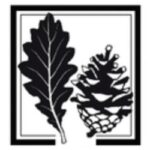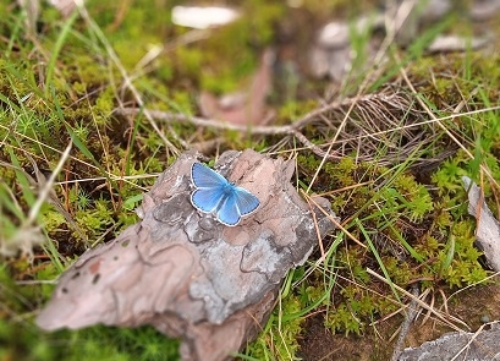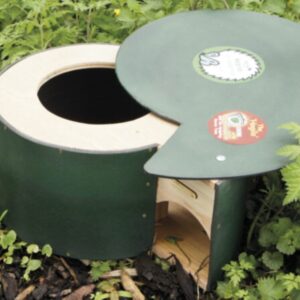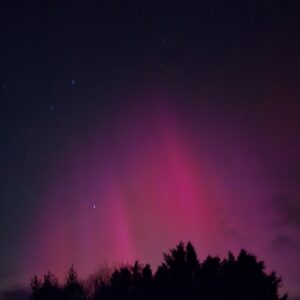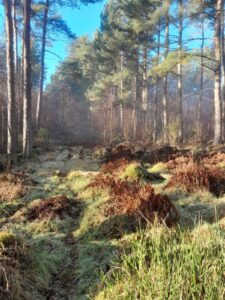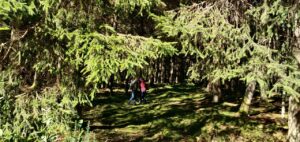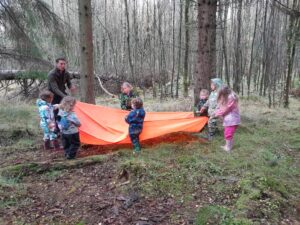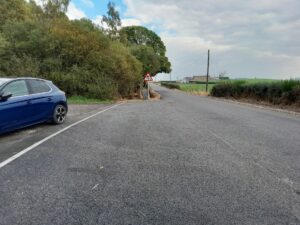Heath Bedstraw and Tormentil are strewn along the path edges like yellow and white confetti, and Red Clover flourishes heroically on the banks. Meadow Vetchling and Bird’s Foot Trefoil are visited by brown, white and blue butterflies, who pause and spread themselves out infrequently on warm stones and bark shreds on the path.
Bright Hawkweeds grow tall and enthusiastic, stretching for the dappled sun that today is scorching whenever the clouds part. In the cooler shade, sweet-scented Valerian grows. It prefers a damp habitat, and its white to pinkish flowers are nectar-rich, a magnet for more butterflies. This plant is widely used in herbal medicine, its roots being a soporific. Common Orchids and Viper’s Bugloss unusually share a habitat. Here and there are thistles, always a good bee-flower, and today a relative newcomer to central Scotland, the Tree Bumble Bee (Bombus hypnorum) is engrossed with nectar collection.
The true nature of this tract of land gives itself away in the damp bases of ditches and where vague deer tracks can be followed a short way into the springy sphagnum. It is part of a network of raised bog, myre or moss that probably once were joined. King’s Myre in Taymount Wood is another remnant. Damselflies hover over the multicoloured Water Forget-Me-Nots in conjoined pairs.
The Lesser Spearwort dazzles from many a watery ditch and aptly-named Ragged Robin, dances its frilly pink skirts by the burn. Acid-loving and ubiquitous Tormentil abounds, and Bell Heather is in flower already – another treat for insects.We humans are such visual creatures, and it’s the flowers that draw us and grab our attention. But
flowers are the tip of the ecological iceberg of the wet side of the wood. Ferns, grasses, unidentified rushes and reeds are the matrix of this habitat, while unnoticed and unobtrusive, the sphagnum mosses proliferate, and go on with their work of creating peat, holding onto water – and capturing carbon.
